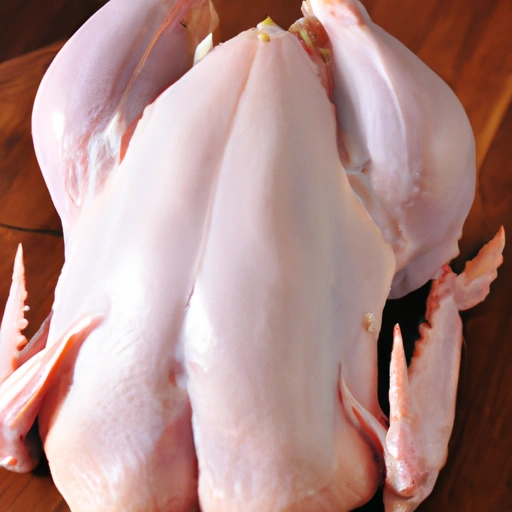Turkey
Description

Turkey is a popular poultry meat known for its rich flavor, versatility in cooking, and significant place in various cultural cuisines, particularly in American and European traditions. It is a staple protein source that can be prepared in numerous ways, making it a go-to option for chefs and home cooks alike. Turkey is available in different cuts, including whole birds, breasts, thighs, drumsticks, and ground meat, accommodating a wide range of recipes and cooking methods.
Common uses
Turkey is often used as a primary ingredient in holiday meals, deli meats, and as a healthier alternative to red meats in burgers, sausages, and meatballs. It is also frequently used in soups, salads, sandwiches, and casseroles.
Nutritional value
Calories
On average, cooked turkey provides about 135 calories per 3.5 ounces (100 grams).
Protein
Turkey is rich in protein, offering about 29 grams per 3.5 ounces (100 grams).
Fat
The fat content of turkey can vary, especially between white and dark meat, with an average of 7 grams per 3.5 ounces (100 grams) for skinless, white meat.
Carbohydrates
Turkey contains negligible amounts of carbohydrates, making it suitable for low-carb diets.
Vitamins
It is a good source of B vitamins, particularly vitamin B3 (niacin) and vitamin B6.
Minerals
Turkey offers essential minerals such as phosphorus, selenium, and zinc.
Health benefits
As a lean source of high-quality protein, turkey supports muscle growth and maintenance. It's low in fat when skinless, particularly the white meat, which contributes to a healthier diet. The B vitamins present in turkey can bolster the nervous and immune systems, while the minerals found in turkey like selenium have antioxidant properties.
Potential risks
Consuming processed turkey products can lead to a higher intake of sodium and preservatives. Overcooking turkey can also result in dry and tough meat. As with any poultry, there's a risk of foodborne illness if not cooked to a safe internal temperature of 165°F (74°C).
Common recipes
Turkey is used in a myriad of recipes, from the traditional roasted Thanksgiving turkey to turkey burgers, meatloaf, and tetrazzini.
Cooking methods
It can be roasted, grilled, smoked, braised, slow-cooked, or stir-fried, offering diverse options for preparation.
Pairing with other ingredients
Turkey pairs well with a variety of flavors, including herbs like rosemary, thyme, and sage, as well as fruits like cranberries and apples.
Summary
Turkey is a versatile and nutritious ingredient, cherished in American and European culinary traditions and celebrated for its role in festive meals. Its high protein and low carbohydrate profile make it a healthy choice, adaptable to countless recipes and suitable for various cooking styles. With its rich historical background and wide-ranging applications, turkey remains a beloved food item around the world.